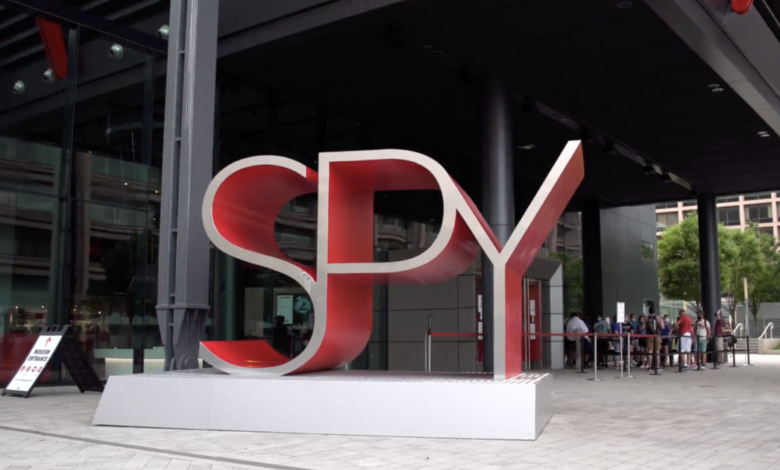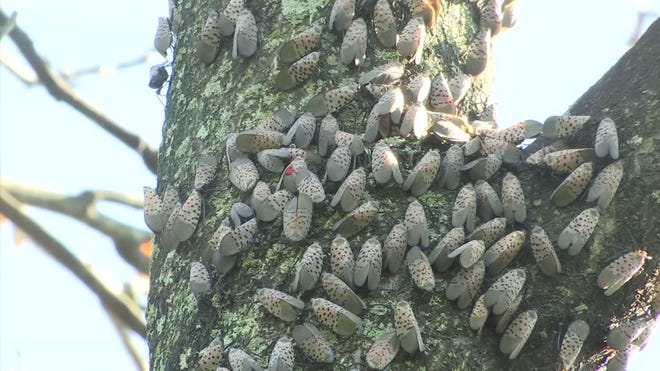
WASHINGTON, D.C. — From the tiny tools of the spy trade to a classic car once driven by James Bond, the multi-story International Spy Museum in the nation’s capital is home to the sometimes glamorous and often gritty world of espionage.
“We have the largest collection of espionage artifacts ever put on public display,” said Aliza Bran with International Spy Museum. “There is no substitute for being here.”
Yet, being at the museum during a pandemic proved to be nearly "Mission Impossible."
“It was a bizarre year, you could say,” Bran said.
Like many museums that rely on ticket sales, the pandemic put a pin in that and forced museums to get creative to survive.
“We did a virtual cocktail hour with real former intelligence officers,” Bran said.
With COVID protocols in place, the large, private nonprofit museum has now reopened.
However, not all museums have, nor will.
“I don't think the public spends too much time thinking about how museums are funded,” said Laura Lott, president of the American Alliance of Museums. “They're just always there.”
The AAM recently conducted a survey to see where America’s 35,000 active museums stand financially and it was not a pretty picture.
More than three-quarters of all U.S. museums, 76%, experienced revenue drops of 40%.
On average, they closed for seven months during the pandemic.
Now, about 15% of all U.S. museums – a total of more than 5,000 of them – say they are at “significant risk” of closing permanently.
“There's a common misperception that museums are funded by the government or by a few wealthy philanthropists. But for most museums, that couldn't be further from the truth,” Lott said. “They protect and share the things that we as communities say are important. So, they're irreplaceable, really.”
At the Loudon Heritage Farm Museum in Loudon County, Virginia, 250 years of agricultural life is carefully maintained for all to see.
“This is an agricultural county, which is really going away right now,” said the museum’s Denise Mo.
During the pandemic, out of sight meant out of mind.
“We tried to keep people engaged in remembering the museum,” Mo said. “We increased our social media presence. So, before then, we didn't really post on social media that often.”
Federal funding from the CARES Act and from the county helped keep this small museum-going.
They rely on ticket sales, though, and holding events on-site. They’ve reopened and once schools do the same in the fall, they hope field trips can resume, too.
“Every little bit counts,” Mo said.
It’s a financial survival now pursued by museums both big and small.






